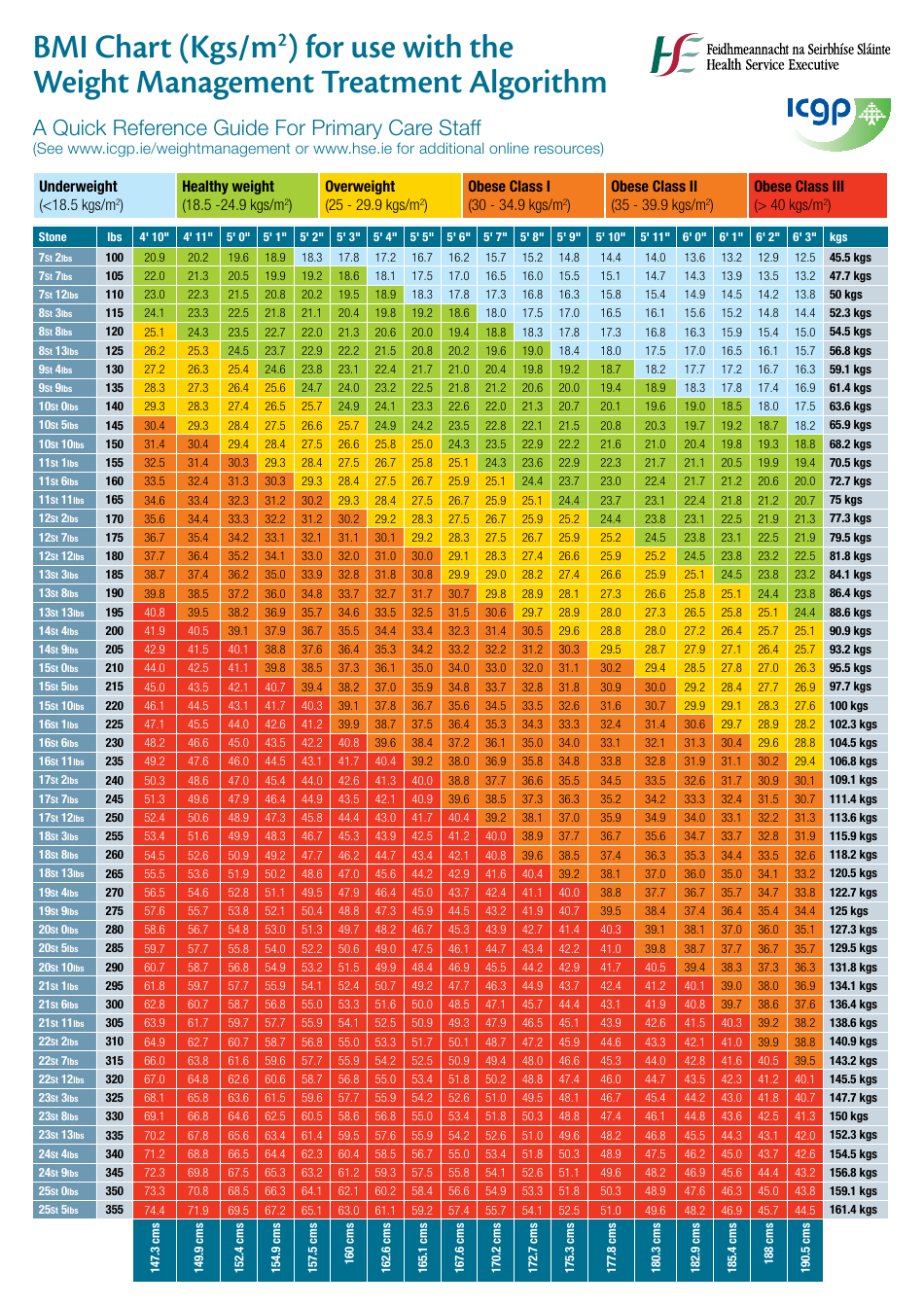

Today, structural engineers must spend a disproportionate amount of their time determining the loading criteria for their projects rather than designing the structures. When ASCE 7-88 replaced ANSI 58.1-82, the loading provisions became more complex and less intuitive. It contained all of the important stuff that had been missing from previous building codes, such as snow drift loads and a rational approach to wind pressures, yet it was still easy to understand and use. The American National Standards Institute (ANSI) Standard 58.1, first released in 1972, was a huge improvement. Although the loading provisions were easy to understand and interpret, they were not sufficient.
#Asce 7 16 pdf download code
When I first started practicing forty years ago, the building code section on structural loading was somewhat brief and only filled a few pages. There have been many editorials written about the misery that ASCE 7 has brought to the practice of structural engineering, yet I do not recall ever seeing an editorial extolling the virtues of the standard. Has ASCE 7 improved the practice of structural engineering or the lives of structural engineers? The answer is easy and not particularly controversial. If you get more than two structural engineers in a room, it is only a matter of time before they start complaining about the latest edition of ASCE 7 and the misery that it has brought to their practice. I was particularly amused to see the way that the structural engineering community has rallied in defense of a standard that they openly despise. Product Details Edition: 1.I have been watching, with some interest as the recent drama unfolded, the effort to block the adoption of the American Society of Civil Engineers’ ASCE 7-16 into the 2018 International Building Code (IBC). Marshall, Ph.D., P.E., is a an associate professor of civil engineering at Auburn University in Auburn, Alabama. Heausler, P.E., S.E., is a structural engineering consultant in Leawood, Kansas. Charney, Ph.D., P.E., is a professor of structural engineering at Virginia Tech and is president of Advanced Structural Concepts, Inc., both located in Blacksburg, Virginia. Seismic Loads is an essential companion to the standard ASCE/SEI 7-16 for all engineers, architects, and construction professionals who work on buildings in seismically active locations.įinley A. An expanded set of “Frequently Asked Questions,” divided into topics of General Issues, Structural Design, and Structural Analysis.New examples covering Chapter 12 (complete seismic analysis of a simple building), Chapter 13 (nonstructural components), and Chapter 15 (nonbuilding structures) and.Expanded examples of the use of Equivalent Lateral Force Analysis, Modal Response Spectrum Analysis, and Linear Response History Analysis, examples that utilize the same 8-story building.An expanded introduction that provides a description of the history of the development of the ASCE 7 seismic provisions and how the provisions are updated on a 6-year cycle.Topics include building irregularities, structural analysis, lateral system forces, load factors, drift, and P-delta effects. The examples help navigate structural engineers through the process of assessing conditions, including identifying occupancy, importance, and seismic design categories determining the seismic requirements and selecting a structural system. When used with the standard commentary, provided as a separate volume in ASCE 7-16, Seismic Loads assists structural engineers in applying the latest thinking in seismic design of new building structures.Īuthors Charney, Heausler, and Marshall present numerous detailed examples within the main 30 chapters of Seismic Loads. Seismic Loads: Guide to the Seismic Load Provisions of ASCE 7-16 provides clear, authoritative explanations of the seismic design provisions contained in Minimum Design Loads and Associated Criteria for Buildings and Other Structures, ASCE/SEI 7-16.


 0 kommentar(er)
0 kommentar(er)
